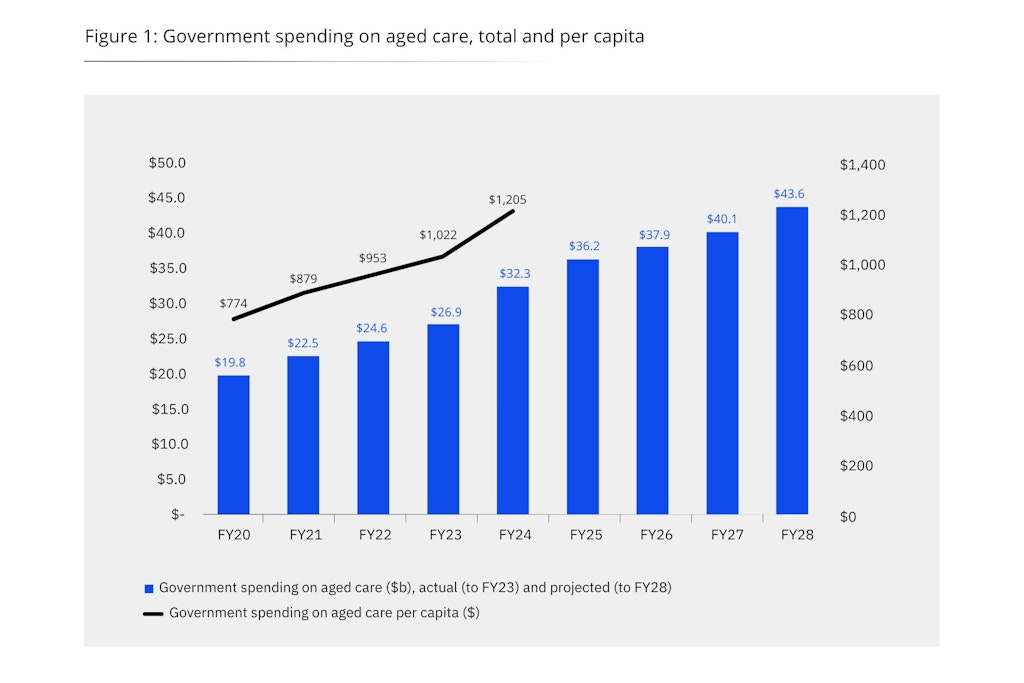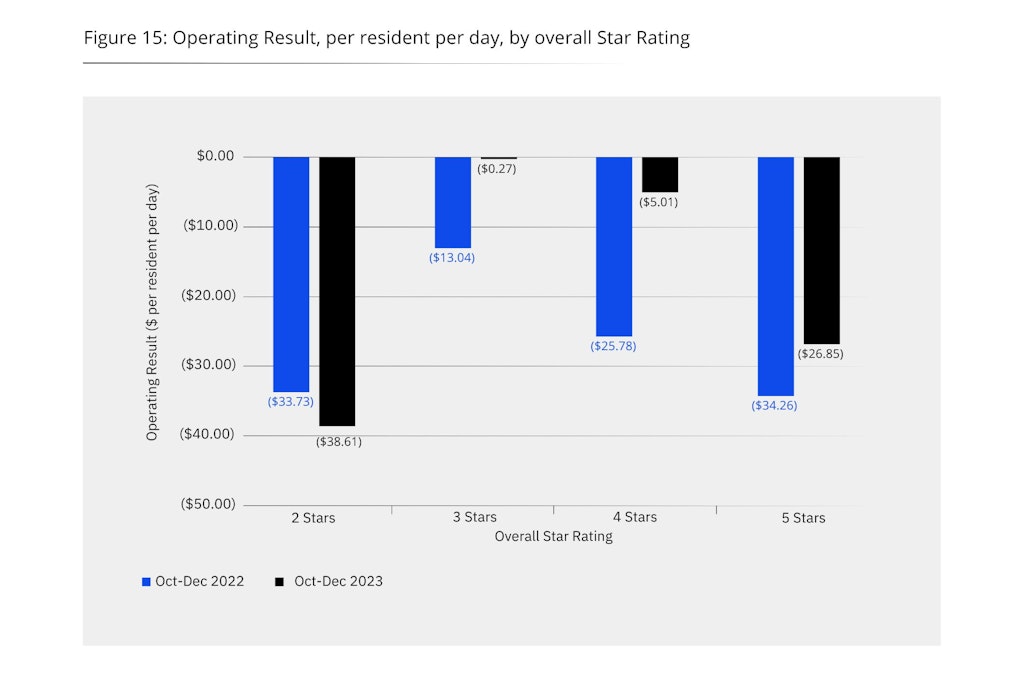UARC’s mid-year report highlights aged care’s good and bad results
Published on 20 June 2024

The UTS Ageing Research Collaborative (UARC) has released Australia’s Aged Care Sector Mid-Year Report for the 2023-24 financial year, delivering a comprehensive overview of performance, mixed financial outcomes, persistent workforce challenges and significant legislative changes.
Funding gains come at a human cost
- Government aged care spending increased by $12.6 billion since the 2019-20 financial year with over $32 million committed to the sector in 2023-24
- Residential care losses have shrunk from $17.47 per resident per day to $4.02
- Half of residential care providers are operating at a loss while home care providers are making $1.77 per client per day, a new low
- Analysis shows that residential care providers achieving larger financial gains are often underspending on direct care, with homes that are meeting or exceeding staffing targets operating at close to breakeven
The first half of 2023-24 saw a mix of outcomes for the aged care sector as it continues to recover from the impacts of the Royal Commission, the pandemic, and workforce shortages.
There was positive news for many residential care homes that experienced a modest financial rebound, although home care services continue to deteriorate. And as the Report highlights, even those modest gains in residential care are unlikely to last.
“While it shows an uplift on previous results, it is most likely a temporary aberration and, potentially of more significant concern, it is an inappropriate consequence of how staffing input controls have been introduced, regulated and funded,” Professor Mike Woods, Chair of the Editorial Board and UTS Ageing Research Collaborative, explained.
“Specifically, the uplift derives principally from a significant surplus from residential direct care (which is almost entirely funded by taxpayers). At the same time, there have only been modest gains in the two major loss-producing activities of everyday living services and accommodation.
“Our report’s analysis demonstrates that the direct care surplus is largely earned by the portion of providers who have not delivered their mandatory care minutes, despite AN-ACC funding being set with that as one of its principal foundations.”

According to the UARC, there is a growing disparity between the top and bottom performers. This sees the most profitable quartile of homes earn $111 more per resident per day than the bottom quartile.
While occupancy rates and eligibility for additional funding are contributing factors, homes in the top quartile were not meeting their care minute targets while those at the bottom were often exceeding them.
“Any further increases in the level of Government funding for direct care, need to be accompanied by more explicit conditions that homes meet their regulatory obligations to provide their residents with the required level of staffing care,” the Report stated.
Star Ratings on the rise… but are they informative?
- There has been a gradual improvement in all the overall Star Ratings with 96% of homes within the 3-4 overall star range
- In the most recent quarter (October-December 2023) the average overall rating was 3.6 out of 5, up from 3.4 in the first quarter of results
- Homes rated 3 stars overall achieved the best financial returns in the first half of 2023-24
- The average staffing rating is 2.9 stars, just below acceptable, while homes with lower staffing Star Ratings tend to generate larger direct care margins
The Star Ratings improvements can initially be viewed as a big win for aged care consumers as they reflect higher standards of care in aged care. However, the Report calls into question their informativeness given 96% of homes are between 3-4 stars.
They referenced America’s Care Compare System which was launched in 2008. Here. homes are more evenly distributed across all levels so consumers can better assess the different options available.
“Ideally, as the Australian system matures, it can be calibrated to deliver a more gradated perspective of the sector, enabling users to better discern the relative quality of different homes,” the Report added.
Homes rated 3 stars overall have achieved the highest financial result, returning the smallest operating deficit of all homes. There are mixed fortunes for both high and low achievers with 5-star operators losing money alongside 2-star homes, with operating deficits of $26.85 and $38.61 per resident per day, respectively.

It’s also worth noting that homes with higher staffing Star Ratings are spending more on direct care, resulting in lower direct care margins. The largest difference here does relate to Registered Nurse labour costs with the average 4-star home spending almost double that of a 1-star home.
Can the sector become sustainable?
While the Report digs into a considerable number of figures and details – which can be viewed here – there is one big question to be gleaned from it: can aged care become sustainable?
As the data shows, the Government’s $2.2 billion Budget investment is largely committed to upgrading IT infrastructure and systems, plus the introduction of Support at Home. Both investments are important and there will be efficiency gains, yet neither directly benefits aged care providers.
The UARC does call for widespread support and early implementation of reforms such as a fee-for-service model where clients contribute to services they receive at varying levels, plus higher co-contributions for everyday living services and accommodation. Support at Home is also seen as a necessary replacement for the Home Care Package program where wait times have ballooned and unspent funds are rising.
These changes would certainly help with sector sustainability, but as Government spending is set to surge past $40 billion annually within four years, many providers will be treading a fine line financially with no short-term relief.